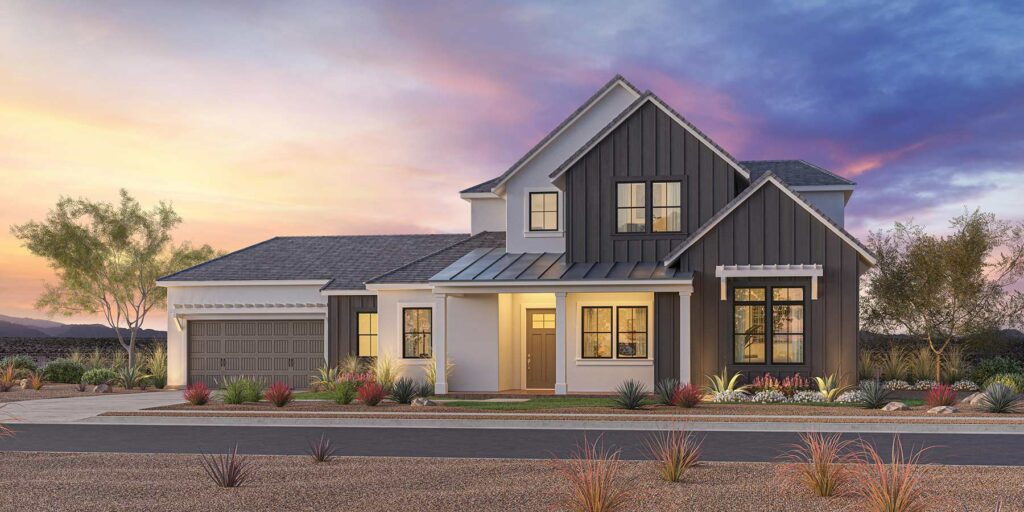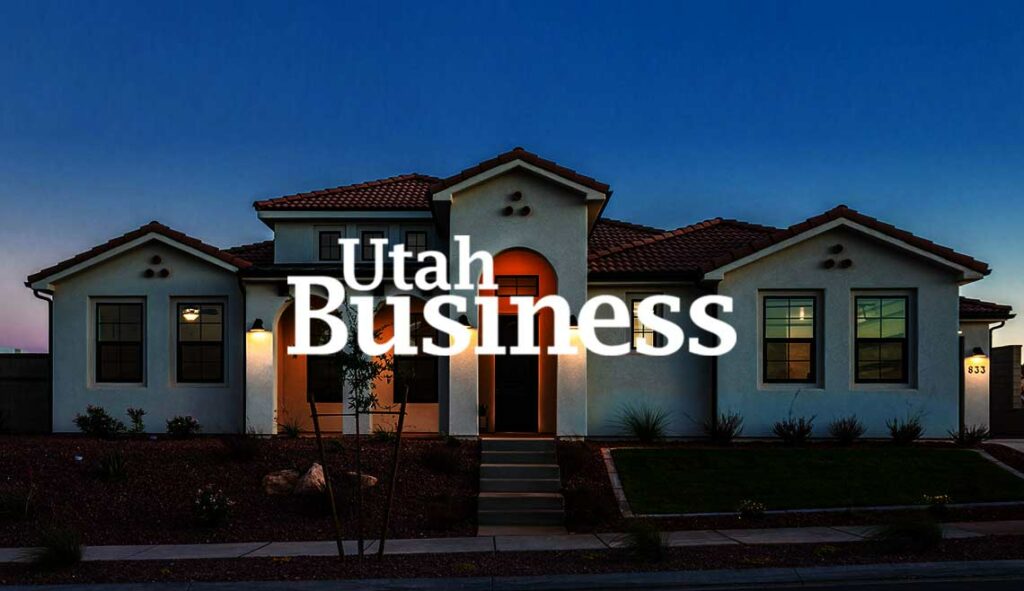Desert Color highlighted in Utah Business Magazine

Surrounded by the snow-topped Oquirrh Mountains, full of ponds, tree-lined hiking paths and bike trails, community parks and pools, Daybreak is a nature-lover’s dream. The over 4000-acre master-planned community in South Jordan, Utah, has restaurants, shopping centers and its own elementary schools. Daybreak resembles a small city in its own right.
With Downton Daybreak on the horizon—the new sports and entertainment district, replete with a ballpark, megaplex, open-air arena and ice skating rink—Daybreak, which first began development in 2004, is continuing to evolve and up the bar for other Utah communities.
Perhaps it’s no wonder master-planned communities like Daybreak are cropping up all over Utah. Also called green towns, planned communities or new cities, master-planned communities (MPCs) offer what many Utahns are searching for in a new home—community.
With organized events, social clubs and communal spaces geared toward strengthening the bonds between neighbors, MPCs provide opportunities for connection that more conventional neighborhoods lack. With that sense of camaraderie comes the promise of security, reinforced by features geared toward safer living, such as gated areas and community-wide security systems.
The eco-friendly living options are also appealing to Utah residents (over half of whom are concerned about environmental issues in the state, such as lack of water and poor air quality). Many MPCs, such as Daybreak, Desert Color and Utah City, profess to be dedicated to sustainability. Pedestrian-friendly and bikable master-planned communities help residents disrupt their reliance on cars and reduce air pollution. By deliberately focusing on meeting residents’ needs locally, MPCs also help minimize resource-guzzling travel. This localized approach is not only more convenient for residents, but it also aims to help reduce their carbon footprints.
Often boasting resort-level amenities such as parks, pools, fitness centers, walking trails, golf courses and recreational spaces, MPCs bring a level of luxury and convenience that is appealing to many buyers.
“Lots of buyers prefer MPCs because they are generally seen as a bit more hands off,” says Cody Steck, a Salt Lake City real estate agent. “They require less landscaping and other land maintenance, look nicer, and create continuity between the houses. This more uniform look in the neighborhood creates a more pleasing place to live.”
“There is also a large portion of buyers who prefer living in newer areas and value new roads, new sidewalks, new stores, which makes MPCs very appealing for them,” Steck explains.
With Utah’s economy booming, its infrastructure stable and its population growing, developers also often prefer MPCs to other forms of residential development, Steck says. They are smart to tap into this hunger for community, safety, sustainability and luxury.
“MPCs are easier and more efficient to build because you are planning out dozens of lots all at one time, on a completely open piece of land,” Steck continues. Because of skyrocketing land prices and increased building costs, MPCs offer efficiency. Developers can increase density and keep housing prices reasonable while still turning a profit.
